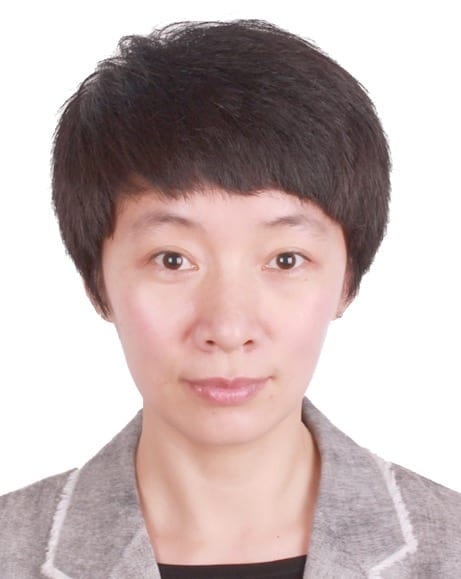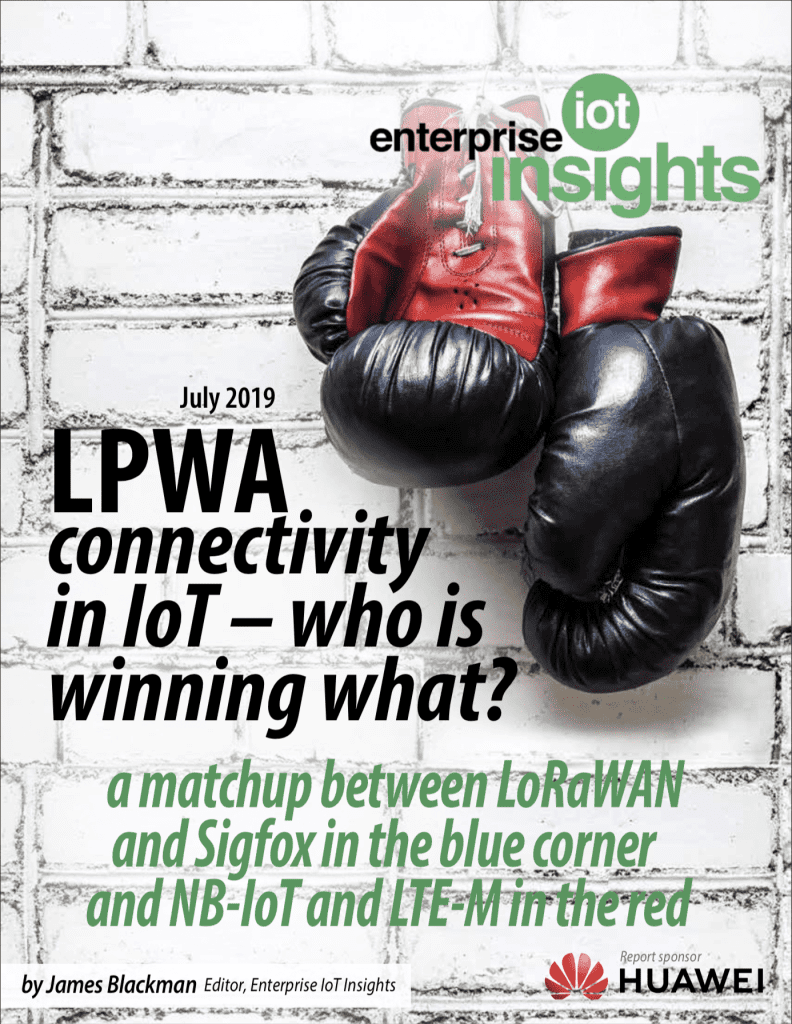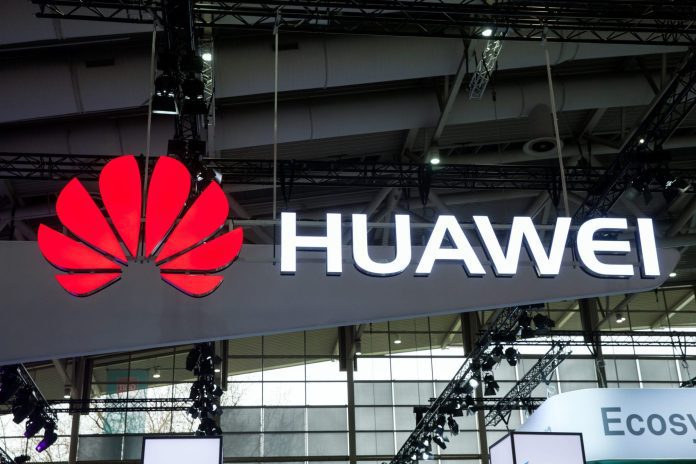Cellular IoT technologies are expected to take the lion’s share of the low-power wide-area (LPWA) market, but it has been a bumpy start – outside of China, at least. Rival non-cellular technologies LoRaWAN and Sigfox have stolen a march in other territories.
Here, we talk with Li Liran, from Huawei’s industry development department in its wireless networks division, about the promise of NB-IoT and LTE-M, how they stand apart in the LPWA market, and why China is setting the tone for their global expansion.
This Q&A is taken from a new report on the state of the LPWA market (see cover image, bottom), looking at the rivalry of LoRaWAN, Sigfox, NB-IoT and LTE-M – go here for the report.
Why are NB-IoT & LTE-M so important for the IoT market?
There will be 25 billion IoT connections by 2025, according to the GSMA. About 70 per cent will be from LPWA, and NB-IoT and LTE-M are the most suited for them. NB-IoT (LTE Cat-NB) is a game-changer for IoT solution providers, as it expands the technical possibilities to make massive IoT deployments feasible. LTE-M (LTE Cat-M) supports IoT use cases with higher data rates and lower latency. They are complementary and critical for the IoT breakthrough.
NB-IoT and LTE-M operate in licensed spectrum, and offer lower costs, lower power consumption, better indoor coverage and stronger security. They also address customers’ needs for international operation, and offer anti-interference and high scalability. Over 140 mobile IoT networks have been rolled out, and leading players are involved to build a strong ecosystem. NB-IoT is not only technically ready but also commercially ready.
What are the best use cases for NB-IoT?
To serve the requirements of the numerous and diverse use cases in the IoT sector, different technologies are needed. NB-IoT is most suited for highly cost-sensitive applications with low performance needs, such as water meters, gas meters, condition monitors, smoke detectors, trackers, smart agriculture solutions, and most smart-city cases.

After two or three years’ of development, the cost of NB-IoT modules is quite low, especially in China – even lower than $3.
What are the best use cases for LTE-M?
Regular LTE is needed for high-end applications with maximum performance requirements, including high data rates and low latency. LTE-M bridges the gap between these extremes. It has distinct benefits because, although higher bandwidth and data rates are required when compared to NB-IoT, it delivers on the promise of longer battery life and better indoor penetration.
The most suitable use cases are health monitors, wearables, smart point-of-sale machines, child tracking, machine control, and some smart home cases.
How will these technologies develop?
For [5G NR] Release 16, no New Radio (NR) based solution will be specified for the LPWA use cases. Instead, LPWA use cases will be addressed by evolving NB-IoT and LTE-M. In the future, both will be an integral part of 5G and will coexist with NR for a long time.
5G will enable three main usage scenarios: enhanced mobile broadband (eMBB), ultra-reliable low-latency communications (URLLC) and massive machine-type communications (mMTC). NB-IoT and LTE-M have been defined for mMTC. But even now, before wide availability of 5G, they are future-proofed to 5G and already available to connect a growing number of IoT devices.
Check out the new report and webinar on the state of the LPWA market (ee image above), looking at the rivalry of LoRaWAN, Sigfox, NB-IoT and LTE-M – go here for the report, go here for the webinar.


